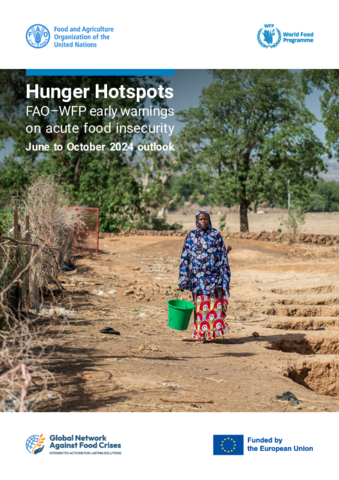
Acute food insecurity is set to increase in magnitude and severity in 18 places, according to the latest Hunger Hotspots report.
The report found that many hotspots face growing hunger crises. It highlights the worrying multiplier effect that simultaneous and overlapping shocks are having on acute food insecurity. Conflict, climate extremes and economic shocks continue to drive vulnerable households into food emergencies. Furthermore, the report warns that 2023 is likely to mark the first year since 2010 in which humanitarian funding has declined compared to the previous year, though it still represents the second-highest funding year ever for humanitarian assistance.
The report found that many hotspots face growing hunger crises. It highlights the worrying multiplier effect that simultaneous and overlapping shocks are having on acute food insecurity. Conflict, climate extremes and economic shocks continue to drive vulnerable households into food emergencies. Furthermore, the report warns that 2023 is likely to mark the first year since 2010 in which humanitarian funding has declined compared to the previous year, though it still represents the second-highest funding year ever for humanitarian assistance.
| Document | File |
|---|---|
| Hunger Hotspots: FAO-WFP early warnings on acute food insecurity, November 2023-April 2024 outlook |
PDF | 4.89 MB
Download
|
| Hunger Hotspots: FAO-WFP early warnings on acute food insecurity, June to November 2023 outlook |
PDF | 3.08 MB
Download
|
| Hunger Hotspots: FAO-WFP early warnings on acute food insecurity, October 2022 to January 2023 outlook |
PDF | 2.35 MB
Download
|
| Hunger Hotspots: FAO-WFP early warnings on acute food insecurity, June to September 2022 outlook |
PDF | 3.11 MB
Download
|
| Hunger Hotspots: FAO-WFP early warnings on acute food insecurity, February to May 2022 outlook |
PDF | 2.08 MB
Download
|



